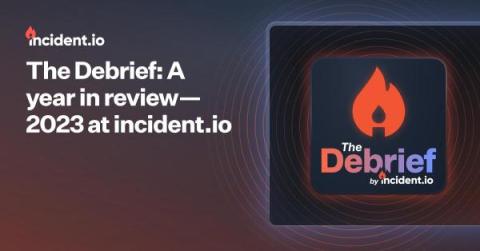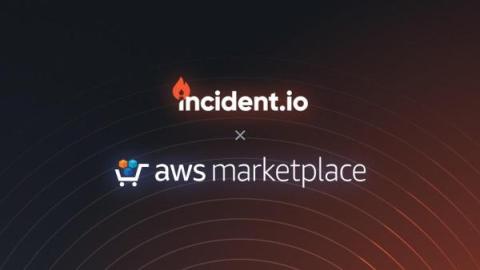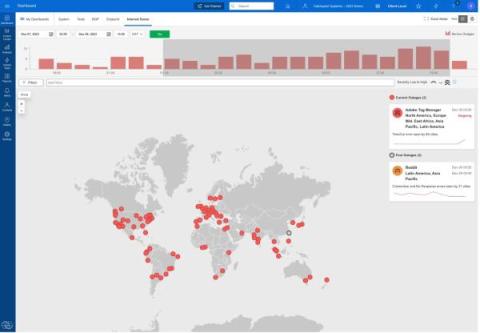APAC Retrospective: Learnings from a Year of Tech Turbulence
Throughout 2023, one thing has become abundantly clear: regardless of an organization’s size or industry, incidents are inevitable. Recently across the APAC region, we’ve seen numerous regulatory bodies clamp down on large companies who are failing to provide acceptable service, with some handing out quite severe penalties. For many, the cost of an incident is no longer just lost revenue and customer trust, but financial penalties and business restrictions.











